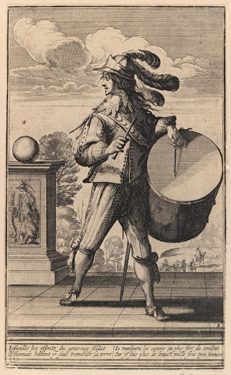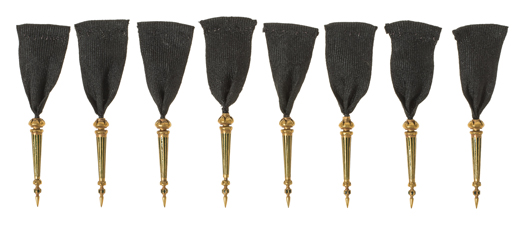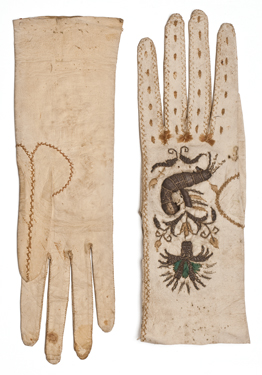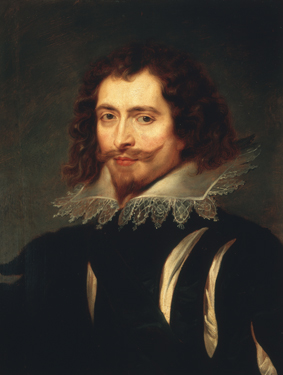FR / EN
visitor's itinerary
Intrigues in the French Court
A Queen of France who unwisely offers her jewels to her luxuryloving English suitor, an allpowerful minister who in this way sees an excellent way of destroying her reputation in the eyes of her husband, the king, a clever spy who succeeded in stealing two of these jewels to humiliate the Queen, an adventurer who goes off to England and at all speed brings the jewels back to France to avoid dishonouring his monarch. Everyone knows the main plot in The Three Musketeers, wrongly believed to be the fruit of Alexandre Dumas’s unbridled imagination. In fact, the novelist never changed any details of this episode included in the Memoirs of François de la Rochefoucauld. What is less known is that this romantic story hides an international espionage case in which the great painter Rubens was closely involved and whose works, collected here, and are the only evidence today.
-
Tambour des Gardes Françaises
1/5 This print illustrates the new trend for the "bouquinquan", a particular fabric hat, the name of which attesting to the only contribution the Duke of Buckingham made to French fashion. 
Abraham Bosse (Vers 1604–1676)
Tambour des Gardes Françaises, Figures au naturel tant des vestements que des postures des Gardes Françoises du Roy Treschrestien (...)
Etching, 1632.
Paris, musée de l’Armée. Inv. 2013.0.1473 -
Ferrets of the Marquise Arconati Visconti
2/5 
René Jules Lalique (1860-1945).
Ferrets adornment in the Renaissance style of the Marquise Arconati Visconti, c. 1895-1897.
Paris, les Arts Décoratifs. Inv. 2203382The ferrets (commonly referred to as pendants) were made from spikes lanyards that allowed, during the Middle Ages or the Renaissance, to easily slide a lace or ribbon through an eyelet hole. During the seventeenth century, they became purely decorative and worn by men as well as women, they can be made in fragile minerals such as rock crystal, or be adorned with diamonds. -
Gloves said to have belonged
to Anne of Austria3/5 An old handwritten inscription written inside the left glove reads "Gloves of Queen Anne, mother of Louis XIV." 
Gloves said to have belonged to Anne of Austria.
Leather and embroidery, c. 1650.
Paris, les Arts Décoratifs Collection Union française des arts du costume.
Inv. UF 55-21- 1AB -
Portrait of Anne of Austria
4/5 
Workshop of Peter Paul Rubens (1577-1640).
Portrait of Anne of Austria.
Oil on wood, c. 1625.
Paris, musée du Louvre INV. 1794 -
Portrait of Georges Villiers,
1st Duke of Buckingham5/5 
Workshop of Peter Paul Rubens (1577-1640).
Portrait of Georges Villiers, 1st Duke of Buckingham.
Oil on canvas, c. 1625.
Palazzo Pitti Istituti museali della Soprintendenza Speciale per il Polo Museale, Florence.




